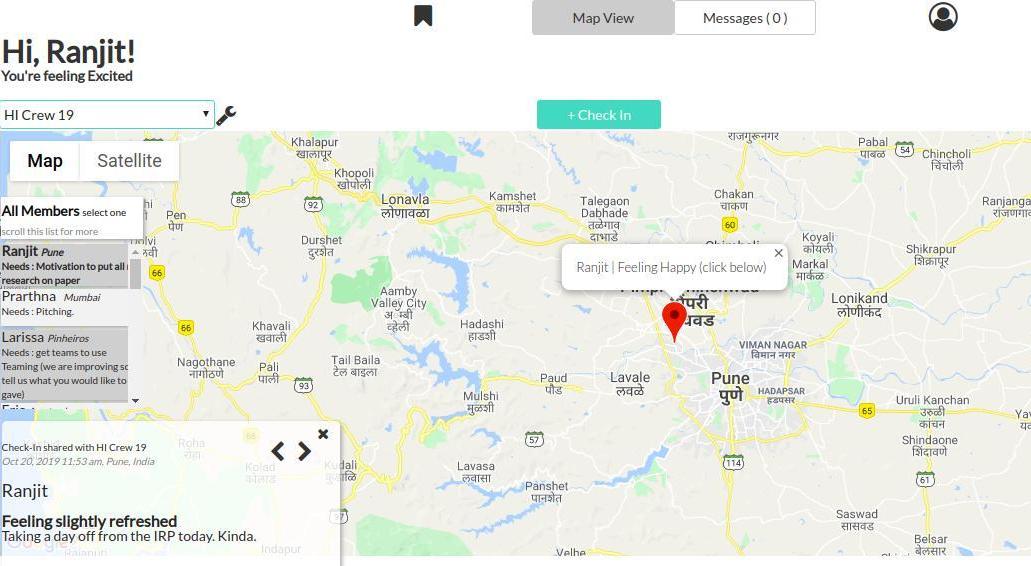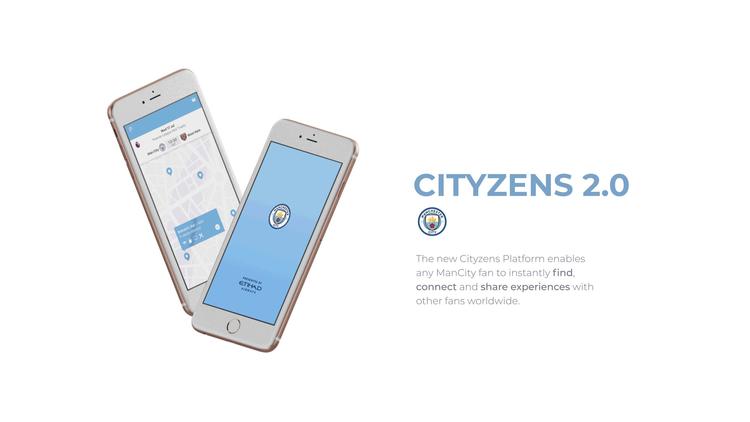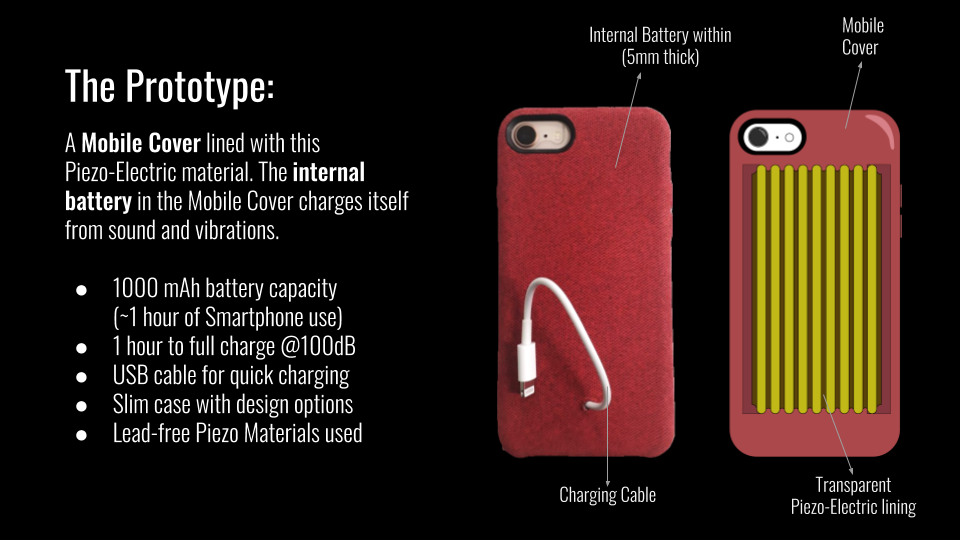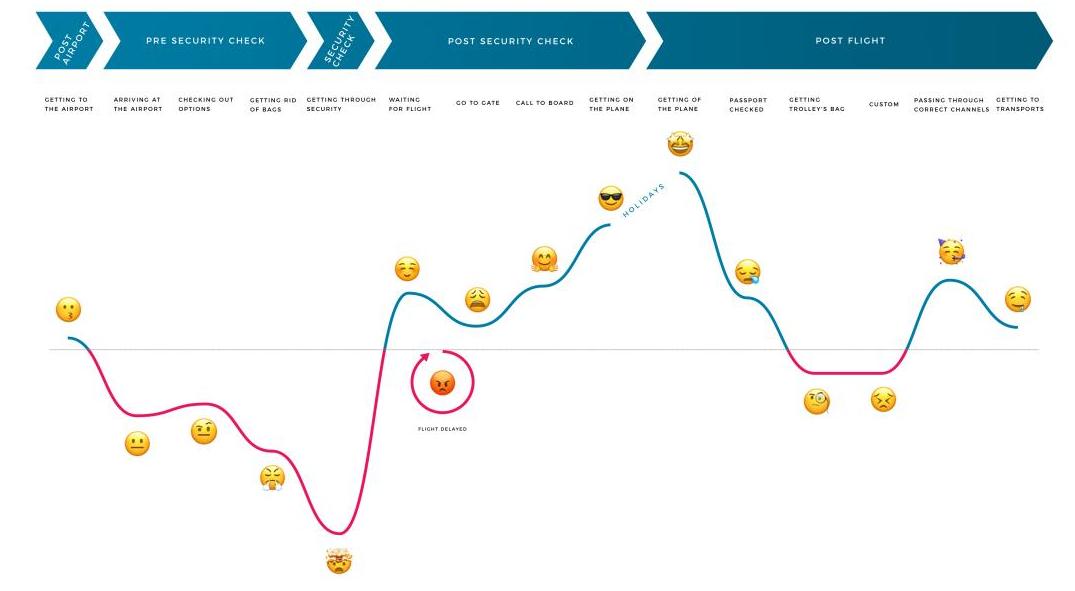Having developed abilities in various areas of technology as well as design, I apply them together to create well-crafted solutions to tricky problems.
This is usually the process I use to go from problem definition to implementing a solution:






I worked with several leading brands on some very exciting projects.
This is a selection of Strategy and Product Design Projects where I played an important role.

Design Considerations for Solutions to Virtual Team Building was the topic for my Masters Thesis. After interviewing remote workers, studying remote work and reviewing the psychological impacts of it, I came to 3 hypotheses regarding the design of solutions to virtual team building.
In order to arrive at meaningful insights and outcomes, I needed to find a way to test and validate these hypotheses.
User Research, Service Design, UX Design, High-fidelity Prototyping, Focus Groups, Workshops
I made use of an iterative process to define, wireframe and develop. Using no-code tools, I rapidly developed a functional high-fidelity prototype platform for team building called Teaming. I onboarded about 20 Users and organised them into several Tribes. With active users on the platform, I successively introduced features aimed at testing each of my hypotheses.
Over the course of 3 months, I was able to validate the hypotheses from interviews, focus group sessions and analysis of usage data from Teaming's users. Soon, I was also able to implement those hypotheses back into the Platform as features. This led to very rich insights from the prototype, a very valuable Thesis Report and also a very useful digital asset.

Manchester City FC is growing fast and has recently become one of the top 10 Football Clubs in the World. The City Football Group has big aspirations for it, and wants it to be one of the top 3 Clubs.
In order to do so, how can Manchester City FC improve its Fan Experience and become one of the all-time greats? The Client needed an Experience Design based Strategy.
User Research, Design Strategy, Service Design, UX Design, Prototyping, Workshops, Academic & Tech Review
We interviewed and ran sacrificial concepts with over 15 Football Fans and Supporter Club members from all over the world. This along with extensive desk research revealed revealed insights that indicated that the biggest football clubs had the largest mass of loyal fans. This helped us tangibly define what 'All-Time Great' meant. Plus, A huge available mass of fans existed outside of Europe, mainly in Asia. We ran several co-creation sessions with our stakeholders, and through them learned that generating business intelligence from fans was also a strategic objective.
We then ideated, developed prototypes and iterated on them based on feedback from validation focus groups. In this process, we referred to academic literature on Social Network Theory and the Psychology of Identity & Fandom. Finally, we reached an App concept that delivered on all the objectives by acting as a social network that enables physical experiences to Man City Fans. We further proposed a blue ocean strategy wherein the Client opens up this App platform to Fans of any Football Club and provides them the same social experiences.

With a rising population and a stagnating number of Police personnel, the Greater Manchester Police foresees threats to night time safety which could adversely affect Manchester's vibrant Night Time Economy.
They needed a support tool to ensure a safe night out in Manchester.
User Research, Interviews, Service Design, UX & CX Design, Product Conceptualization, Prototyping
We identified the target audience and ran several user interviews and vox-pops. Desk Research along with Insights from the users made it evident that while emergency and support tools already existed, they were almost always accessible from a Mobile Phone. Most participants that experienced unsafe incidents at night linked it to the inaccessibility of their Mobile Phone, often due to low battery levels.
Redefining the challenge as accordingly, we developed several customer personas and customer journeys, and then looked for patterns across them. We found that a common aspect of our customer journeys was a loud environment - whether a Pub, Night Club or a Stadium Event. A tech review led us to new research on Piezo-Electric Materials that harvest energy from sound vibrations. Putting this together, our solution was a Mobile Cover that involved the use of this technology to generate an emergency power backup for Mobile Phones from the loud sound in the user's environment.

Home Automation gained popularity in the Indian Market since 2013. Several App-based Smart Home products were since introduced. A common drawback of these products was the dry User Experience and difficulty of using the App.
Phaneron set out to solve this problem by designing a User Centred UX-first Smart Home product.
User Research, Service Design, UI & UX Design, High-fidelity Prototyping, Focus Groups
I worked on the internal Phaneron team for this project. We first understood the users through interviews and developed customer personas and journey maps. We then did extensive research of the market landscape. After having experienced almost all the existing Smart Home products, we learned that the design of standard Home Automation products clashed with the context of Indian users, and that they had very different use cases, profiles and UX lifecycles.
Learning from the challenges that existing users had, we realised that the interface needed to be very visual. We therefore prototyped several textless interfaces and ran focus groups to validate them. From these co-creation sessions, we were able to narrow down on an App concept that replicated the floor plan of the user's home on the App and made it an interactive artefact. Interacting with this floor plan physically manipulated the devices in the user's home.

The landscape of the travel industry in rapidly changing. Amidst this, the Manchester Airport Group was looking for a direction to transform their business in, in order to stay relevant in 5-10 years.
They asked us to present a case for Business Transformation for the Manchester Airport.
CX Strategy & Vision, User Research, Service Design, Business Transformation
We started by interviewing occasional and frequent passengers at the MCR Airport and understanding their perspective. Our core insight was that most passengers view the Airport as simply a transit point. The objective of Passengers was therefore to spend the least possible time at the Airport. From a detailed PESTEL analysis, we learned that several alternative means of transport were expected to come up and compete with Air Travel within the next decade.
A business review of the Airport operation industry revealed that the only growing and future-proof vertical was that of Airport Retail. In context of current business trends, our Business Transformation case proposed that the MCR Airport becomes Retail-first and provides Retail-as-a-Service offerings to attract brands and make the MCR Airport a hub for futuristic Retail experiences. We accordingly defined a roadmap, considering the Client's business goals.
Sathe&Co, a chain of Home Decor Showrooms in Pune were affected by the Indian real estate recession in 2017. They needed to minimise the operating costs of their Showrooms and find ways to increase sales.
They asked us to design a Visual Merchandising solution that made use of their existing lighting infrastructure to do this.
Experience Design, CX Design in Retail, High-fidelity Prototyping, Service Design
We first analysed the behaviour of visitors to the Showroom and found that there was an uneven distribution of footfall between different sections of the Showroom. From interviews, we developed customer personas & journeys, mapped customer touchpoints and discovered that most visitors arrived at the Showroom to see, touch and feel the products, but not to buy them immediately. They would visit several other Showrooms before actually deciding which one to make a purchase from. Visitors would therefore make a decision to purchase in hindsight, and not in the showroom. We therefore needed to ensure that our Showroom was most remarkable and memorable, in order to increase the probability of the customer choosing to buy from it.
This led to the exploration of Visual Merchandising and Consumer Psychology. After reviewing the design of nudges in physical retail and ideating accordingly, we came to a solution concept that used real-time footfall data to create interactive experiences for visitors using dynamic lighting control. The lighting automatically highlighted products when visitors arrived and dimmed the exhibits in the absence of footfall. We used Smart Home technology to rapidly prototype this with Arduino, Raspberry Pi and 3D Printing. After testing this prototype on actual visitors and finding a marked increase in conversions and reduced energy cost, we deployed a production version of the Dynamic VM System in multiple Showrooms.